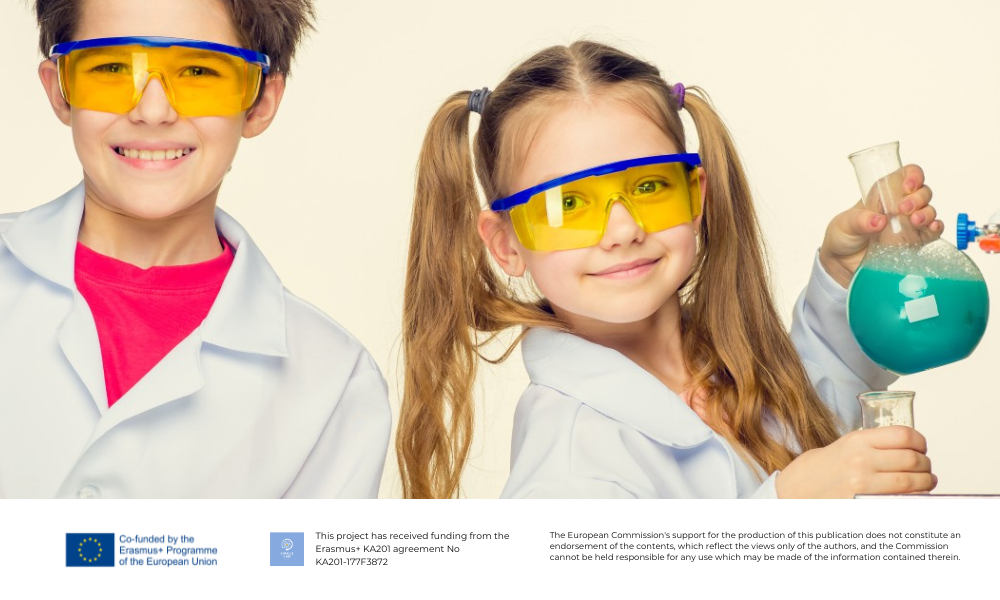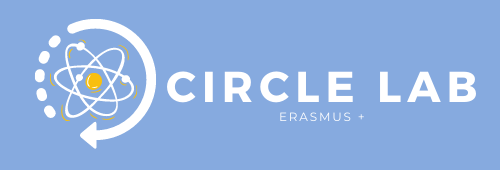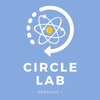Intellectual Output #1:
A summary presentation by Sviluppo Chimica

Chemistry is a solutions provider without which the transition to sustainability is simply impossible to achieve. Developing chemical feedstocks from renewable sources and using chemistry to create high-value chemicals that replace petrochemical products is critical to achieving sustainability. The Agenda of all United Nations signed in 2015 commits governments, businesses, associations and citizens towards a new model of sustainable development. Its first pillar is the investment in people. Knowledge is a transversal element of change and a fundamental enabling factor. Quality of education and communication, are fundamental pillars of cultural transformation. The principles that are central to the concept of circular economy, understanding how the value of products, require a different chemical culture and training at all levels, teachers, trainers, students, industry operators.
The transition to the circular economy goes through also different training in European schools of chemistry. The main challenge for the current generation of teachers and students is to work on improving resource efficiency and the use of land in order to meet all these needs, while not forgetting climate, biodiversity, multiple land use, recreation and social issues.
The aim of the project is to establish a virtual circular chemistry learning corner, which will focus on the production of educational materials, videos, games, interactive manuals, for innovative training in the field of circular chemistry, shared among the countries participating in the project and with systematic dissemination actions in European school networks. New sustainable chemistry, management of resources, training on biosyntheses and biobased processes, means being able to understand the new concept of biorefinery: the chemist of the future must be ready to create and investigate innovation based on circular economy.
The main aims of the project are:
- To define a general educational framework for teaching circularity concept in chemistry for secondary school students;
- To develop a circularity teaching model based on real cases and existing good practices in the industry.
The educational materials and practical contents (e.g. case studies) are organized and articulated in five chapters introduced by a specific section dedicated to “sustainable chemistry” in general:
- Introduction to circularity;
- Waste as feedstock;
- Reduce Reuse... Rethink;
- Not only chemistry;
- Chemical industry as an enabler;
- Conserve energy and reduce emissions.


